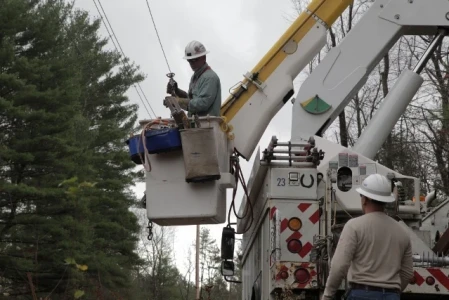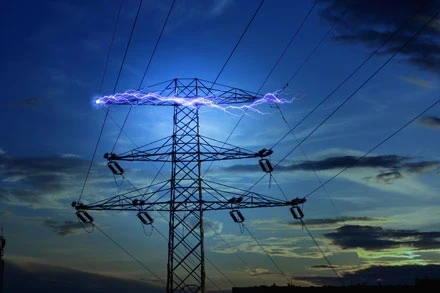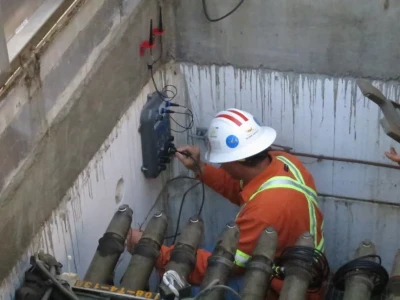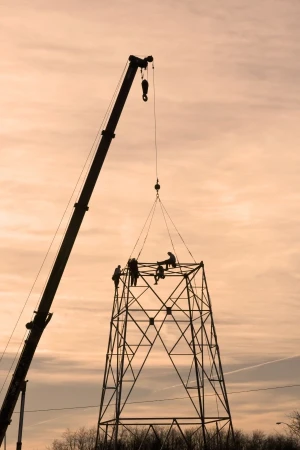T&D Asset Operators Look to Critical Energy Storage
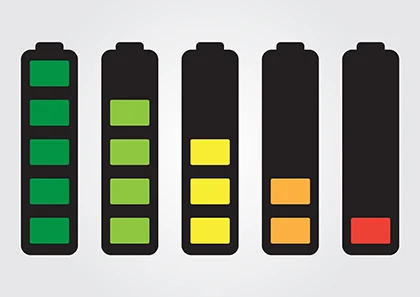
Upgrading and deferring existing wires and substations may be the most common application of battery storage utilized for transmission and distribution. However, batteries also provide a range of solutions designed to maximize the lifetime of T&D infrastructure. Also referred to as T&D asset optimization, these energy storage systems (ESSs) are designed to enhance the efficiency and effectiveness of existing T&D assets to provide electricity in a given service territory. Ensuring that these systems are reliable is critical to the effective operation of electricity throughout a given service territory.
Navigant Research anticipates that a cumulative 35.5 GW of new energy storage will be built for critical infrastructure through 2027. Approximately 25% of this storage capacity is expected to directly address T&D issues. Mission critical installations require systems that deliver continuous electrical service with high power quality to the grid. Such installations also require facilities like large data centers, telecom operations, financial services centers, hospitals and complex manufacturing operations.
This market segment is growing and can be addressed by a variety of system design topologies that can deliver high-fidelity electricity.
There exist a variety of specific drivers that have led utilities around the world to deploy ESSs to improve operations in T&D infrastructure. Local grid conditions and utility preference have a significant impact on the likelihood that storage systems will be developed to defer T&D upgrades. Specifically, there are three key issues that ESS help mitigate in this market.
Reliability
The primary driver for utilities pursuing reliability improvements—with or without energy storage—is the need to enhance the reliability of energy supply for their customers. ESSs enable this by either avoiding local outages that may originate on the feeder where an ESS is deployed or islanding the feeder and maintaining power supply for customers. Improving reliability is a concern for commercial and industrial (C&I) customers, who often place a premium on reliability as they risk significant financial losses from an outage. To understand the impact of grid outages for customers, analysts and utilities calculate the value of lost load (VOLL), which represents the cost of going without power for a certain period. For a homeowner this cost is minimal, more of an inconvenience than a major economic impact. However, for C&I buildings, the VOLL in the United States is estimated to average around US$20,000/MWh, according to a 2014 study from The Brattle Group. With the increasing cost-effectiveness of distributed energy resources and independent energy procurements allowing large companies to defect from their local utilities, maintaining reliable service is a critical concern for grid operators.

